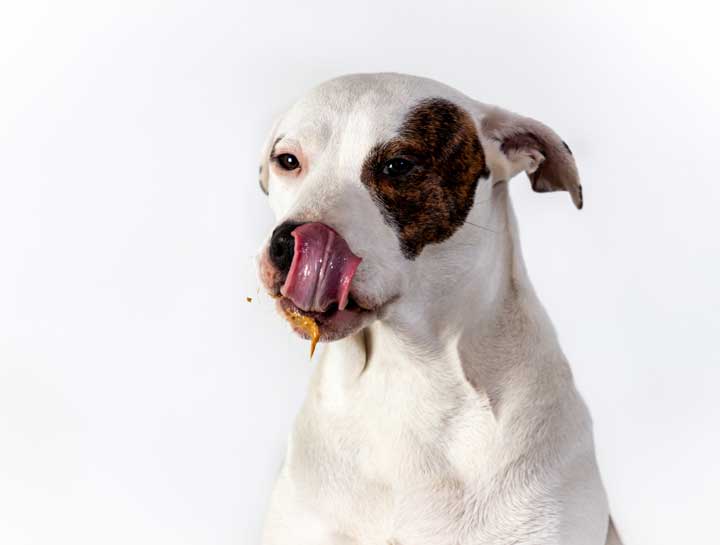Fear Free Visits: How Owners Can Help

We love to see our patients walk through the door wagging their tails or kitties willingly coming out of the carrier wanting us to love on them. Unfortunately, several animals are anxious and fearful when they come to the hospital. Fear can be caused by the sight or smell of another animal, the barking of a dog, or even a car ride to the hospital. As a veterinarian, it is our job to do a thorough examination of each animal that we see. During our examination, we want to ensure that we don’t miss anything because it is important that we are the voice of our patients regarding their health and well-being. Fear can cause them to hide signs of pain or illness from us, it can cause them to become aggressive, or they may try to struggle to get away from us. All these things affect our ability to examine, diagnose, and treat to the best of our ability.
It is Altitude’s goal to provide our patients with a fear free environment so they can have the best experience possible. This includes having all our doctors and most of the staff certified in “Fear Free” training. This starts as soon as your animal walks in the door. Our receptionist does their best to get each animal into an exam room as soon as possible to help with anxiety from waiting in the lobby. Our technicians and assistants who are restraining and treating your pets are trained to do so in the least threatening way possible – even if it means lots of cheese and peanut butter! Doctors are willing to take their time with each patient and perform their exam in a way that keeps the patient comfortable. If an animal is too frightened to get diagnosed or treated properly sometimes sedation is needed either by injection or given orally at home before coming.
- Our staff will do everything we can to make your pet’s visit as fear free as possible, but owners can help too by having their animals arrive in a calm state. Fear-free visits start at home and will help your pet to have the most successful experience at the hospital. Some things to try at home include: Try not to be in a rush when leaving for the hospital, if your pet senses your anxiety it can make them anxious as well. If you are calm your pet will be calm too.
- If your cat or dog does not like being in their carrier it can be helpful to put the carrier out a couple of days before, this way they don’t always associate the kennel with going to the vet. Ideally, it would be nice to have them walk into the carrier willingly and allow them to rest comfortably for 5-10 minutes before carrying them to the car.
- Calming pheromones are also a great way to help make the car or carrier a more relaxing space. Spray the pheromone into the car or carrier for 15 minutes before putting your animal inside.
- If the car causes nausea or anxiety, medications to help alleviate these symptoms can be given 1-2 hours before travel. Altitude will be able to provide these medications as necessary. To help with car sickness owners can accelerate/brake slowly and take turns easily.
- Ensure your animal is secure in the vehicle so they are not sliding around in the carrier as the car moves or falling if not in a carrier.
- Notify the veterinary hospital team when you arrive if your animal is fearful of the lobby and other animals. Rather than bringing your pet into the veterinary hospital, call the front desk and let them know you are in the parking lot. They can let you know when the exam room is ready.
- Cats need 5 to 10 minutes to adjust to their new surroundings and feel safe. If you cannot avoid waiting in the lobby, place your cat’s carrier on an elevated surface & cover the front and two sides with a pheromone-infused towel.
One of the best things you can do as an owner is to talk with one of the veterinarians if your pet is experiencing any form of fear or anxiety. Resolving these issues is not always a quick fix, but the veterinarian can help come up with a plan that works best for you and your pet.
To read more on Fear Free training you can visit https://fearfreehappyhomes.com/
